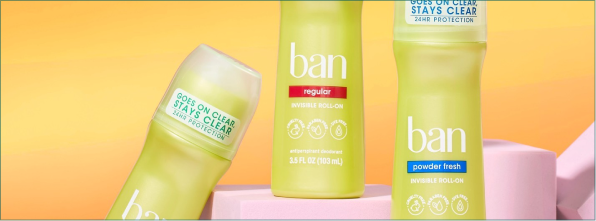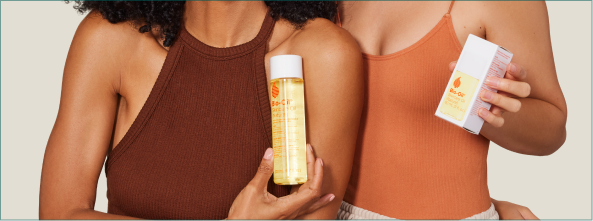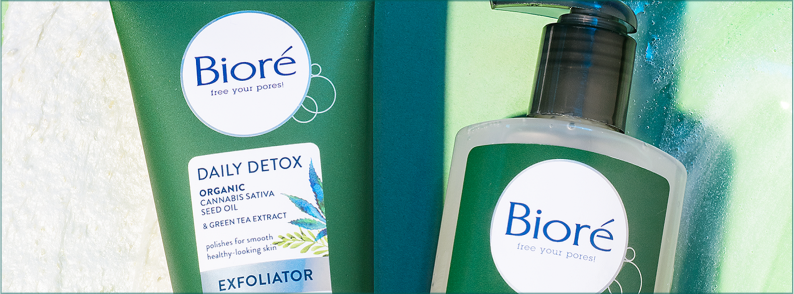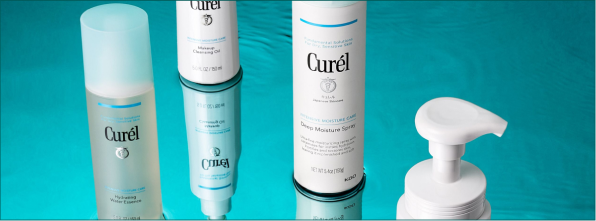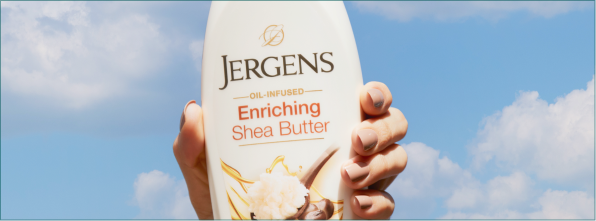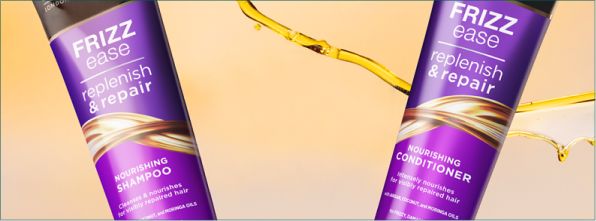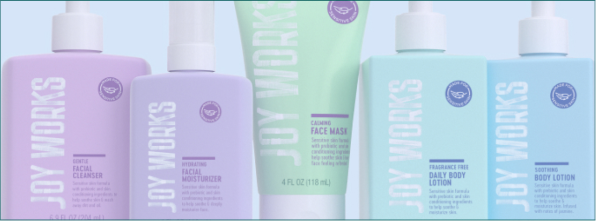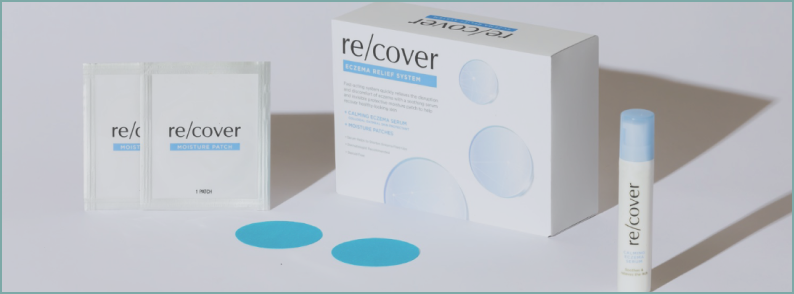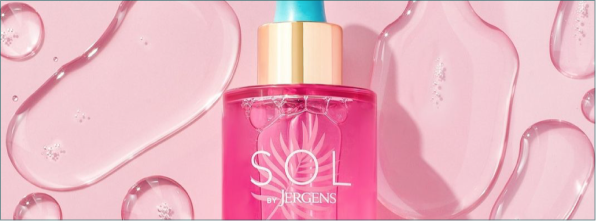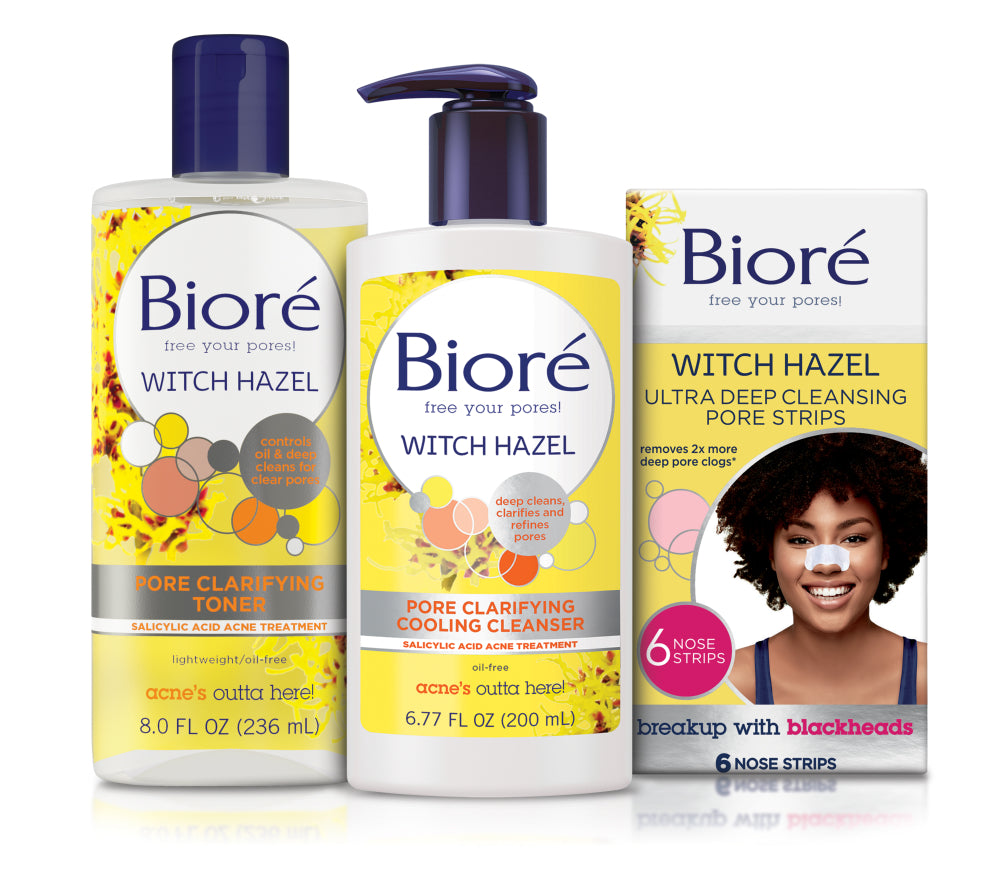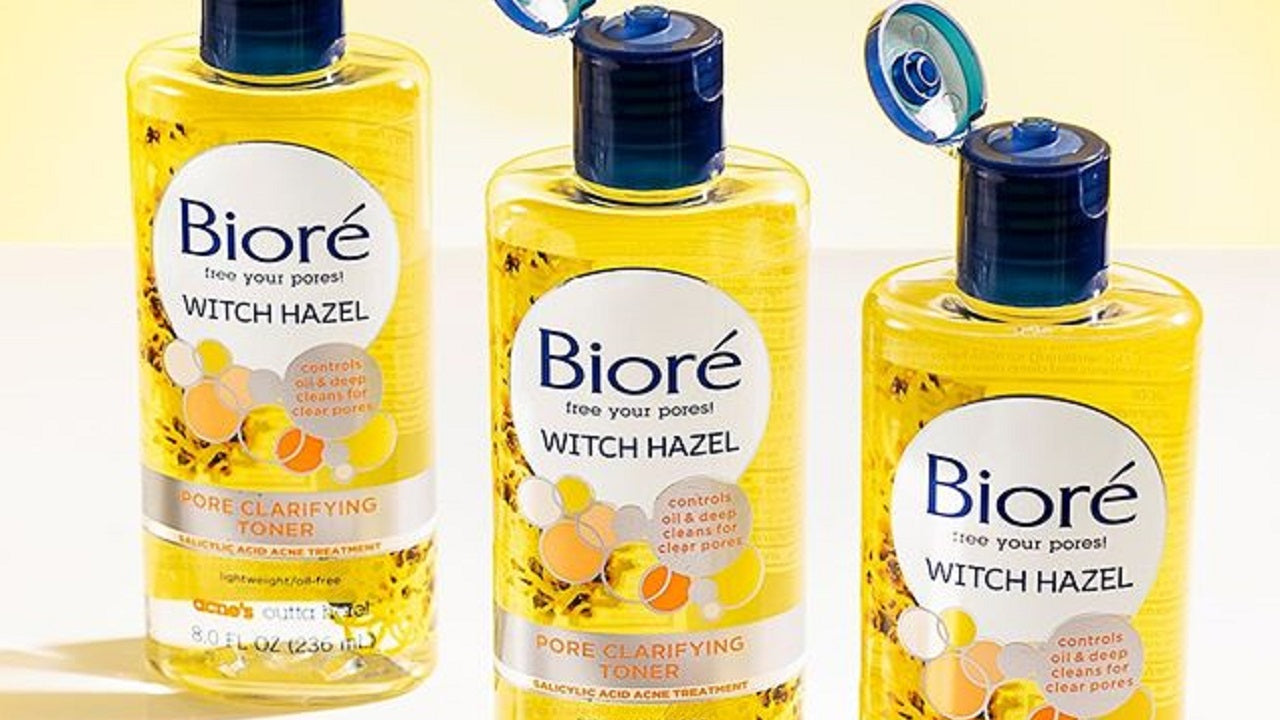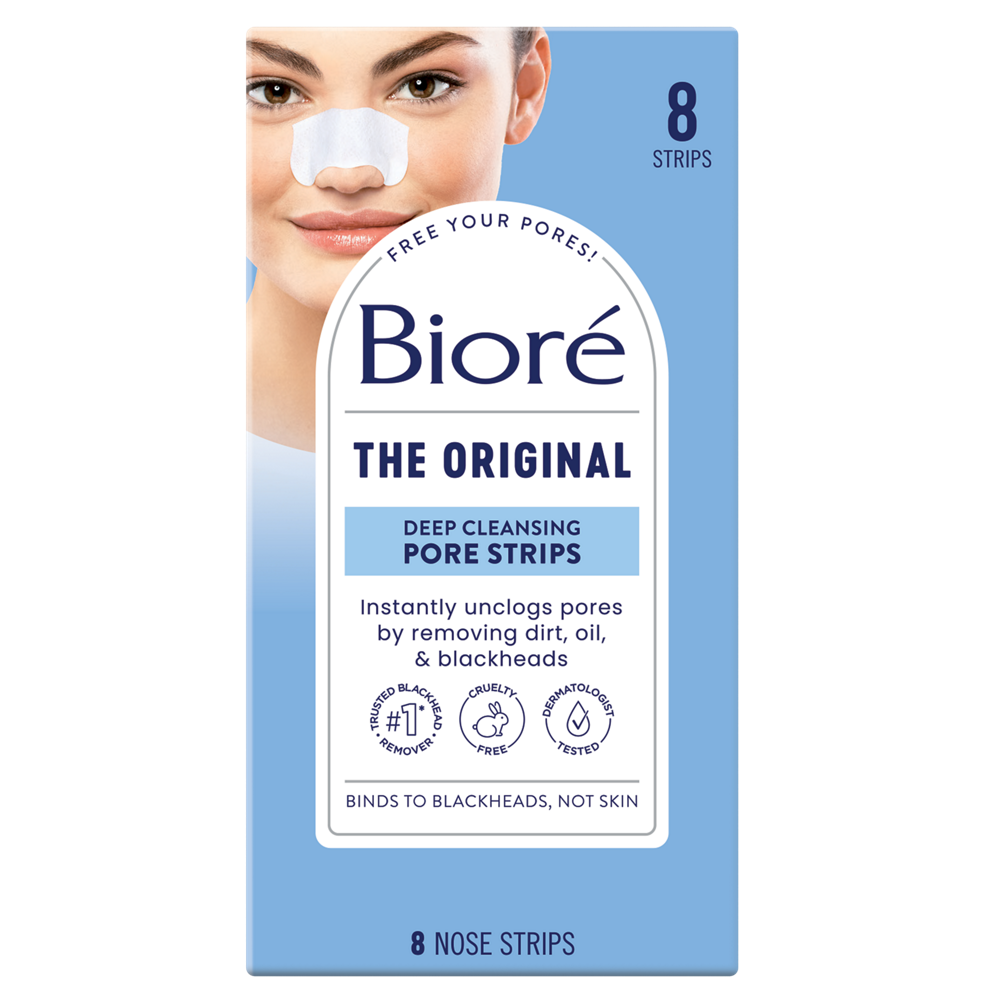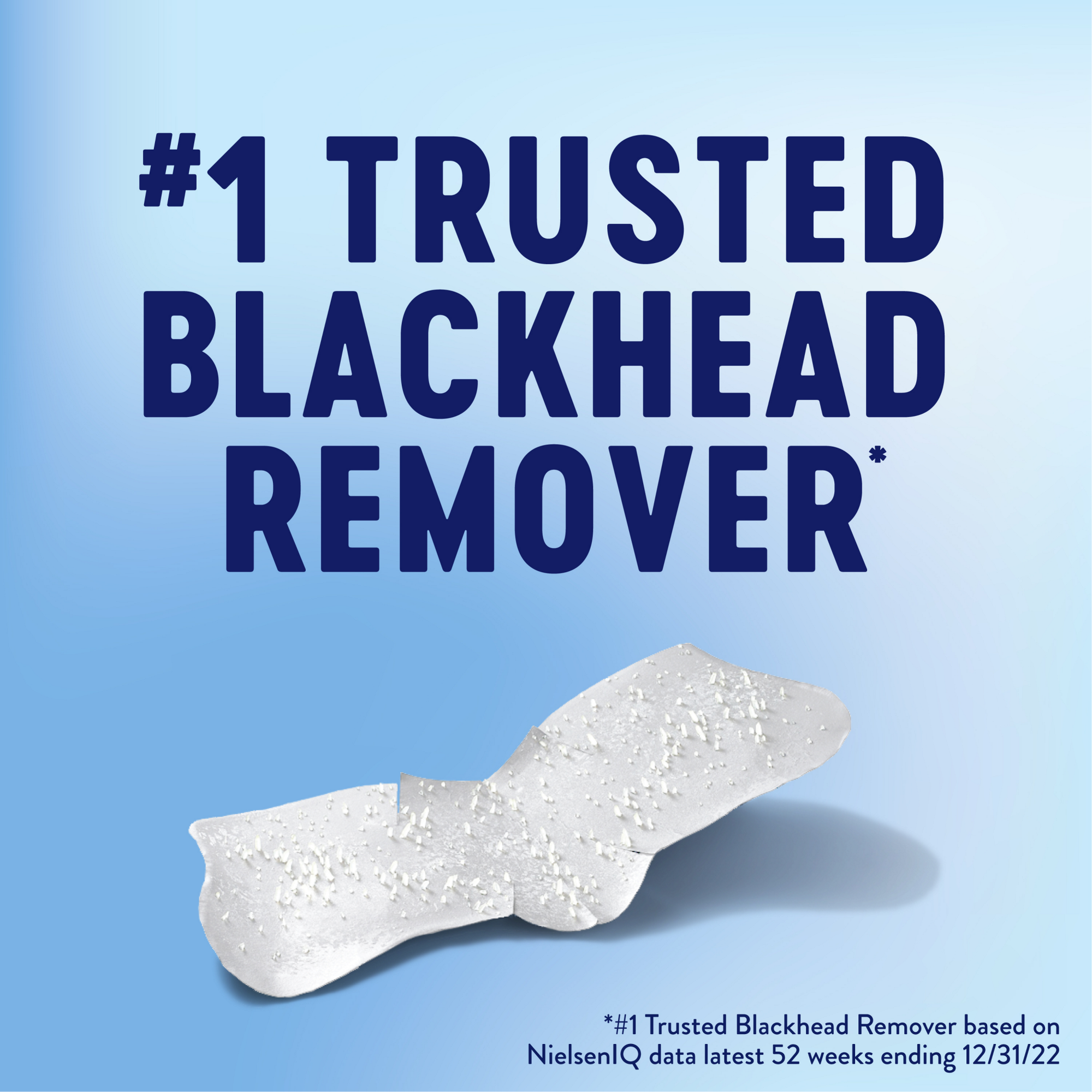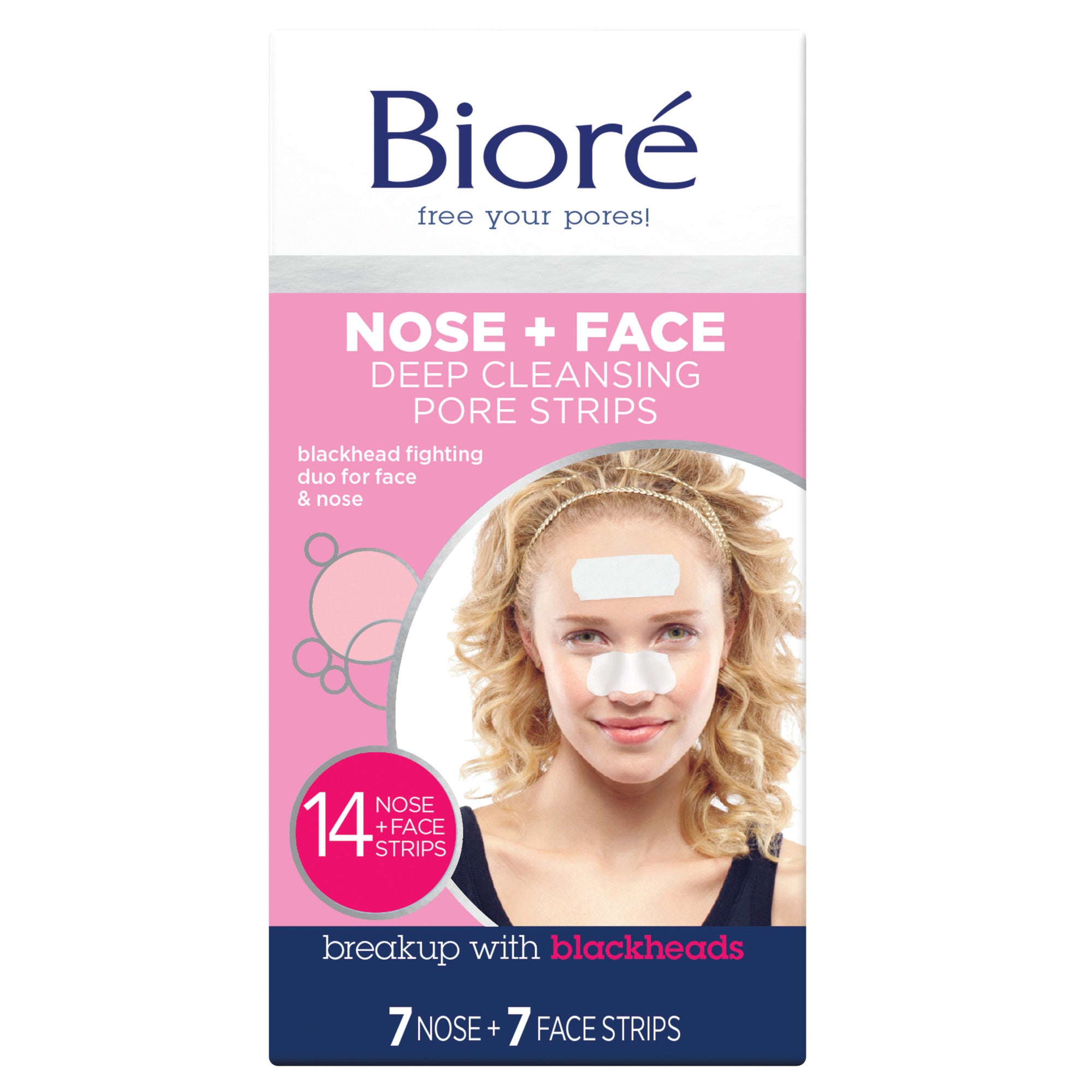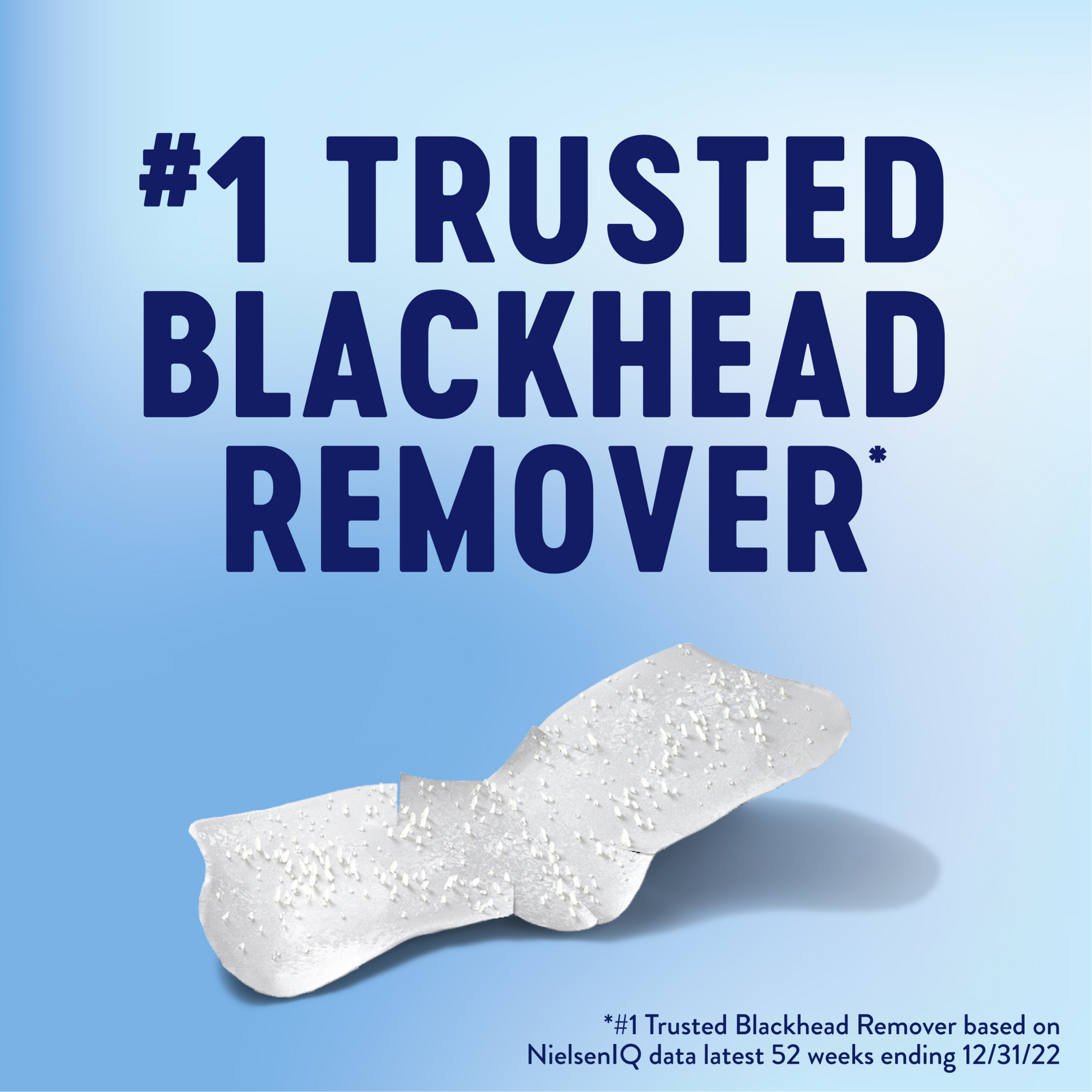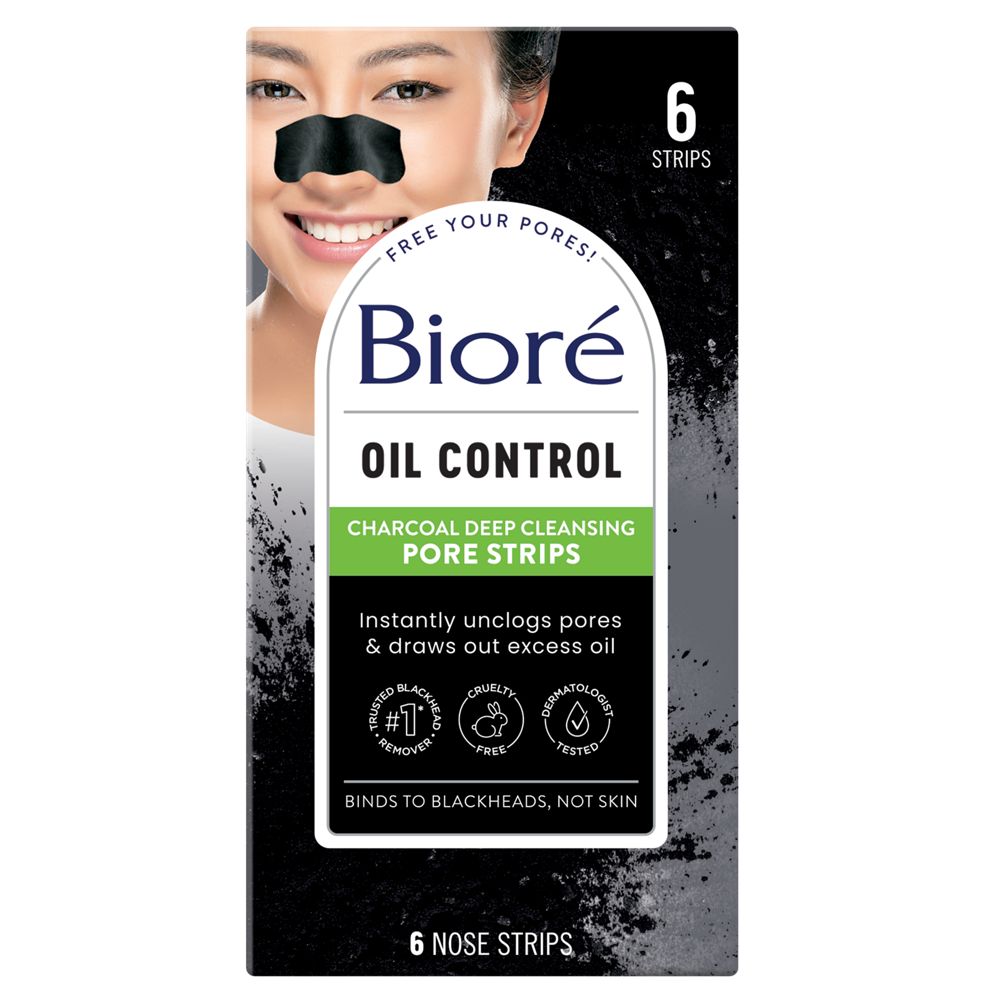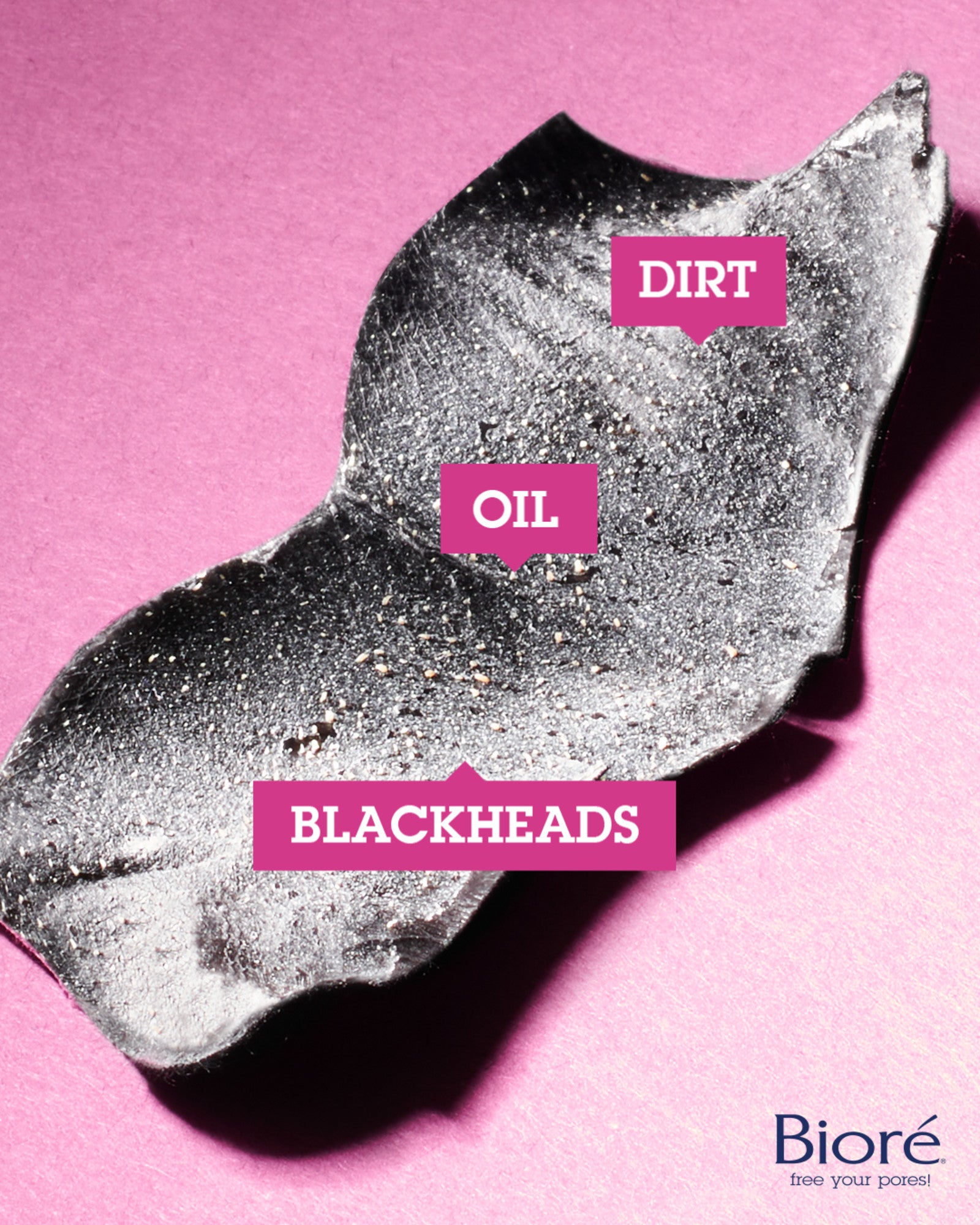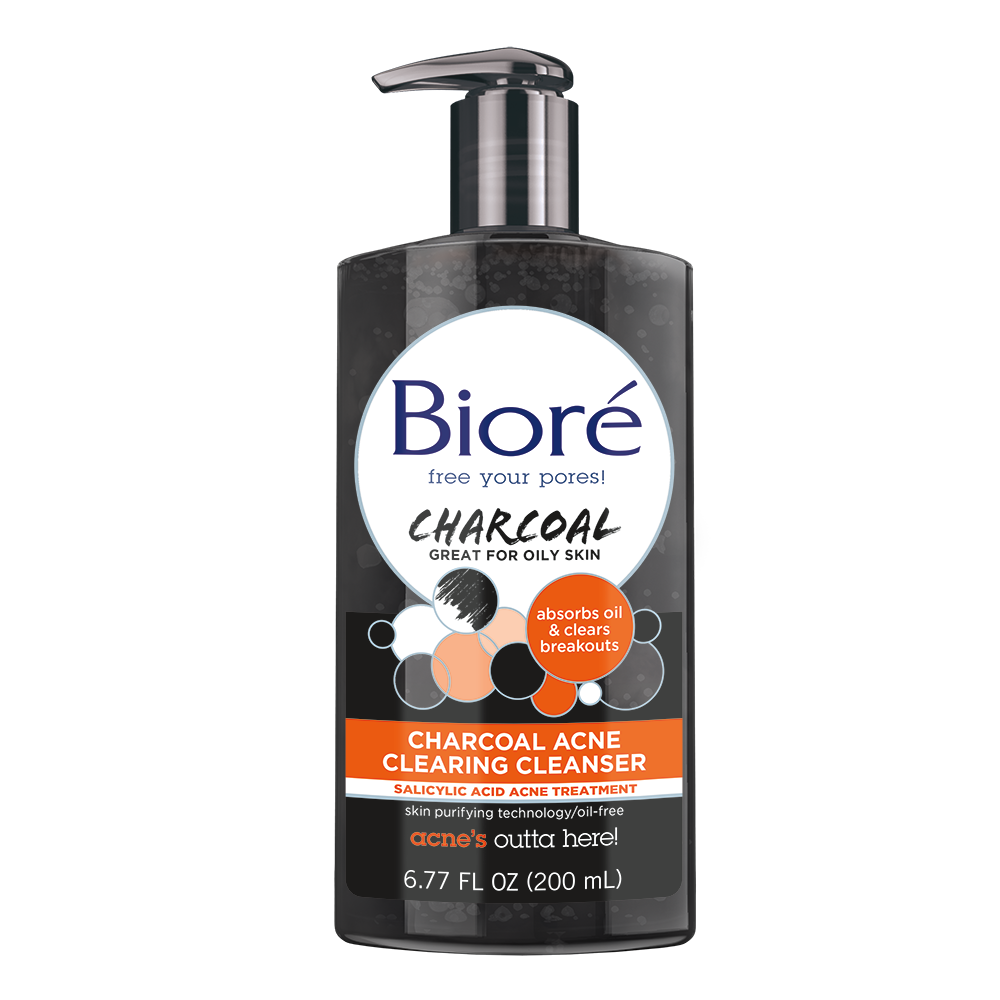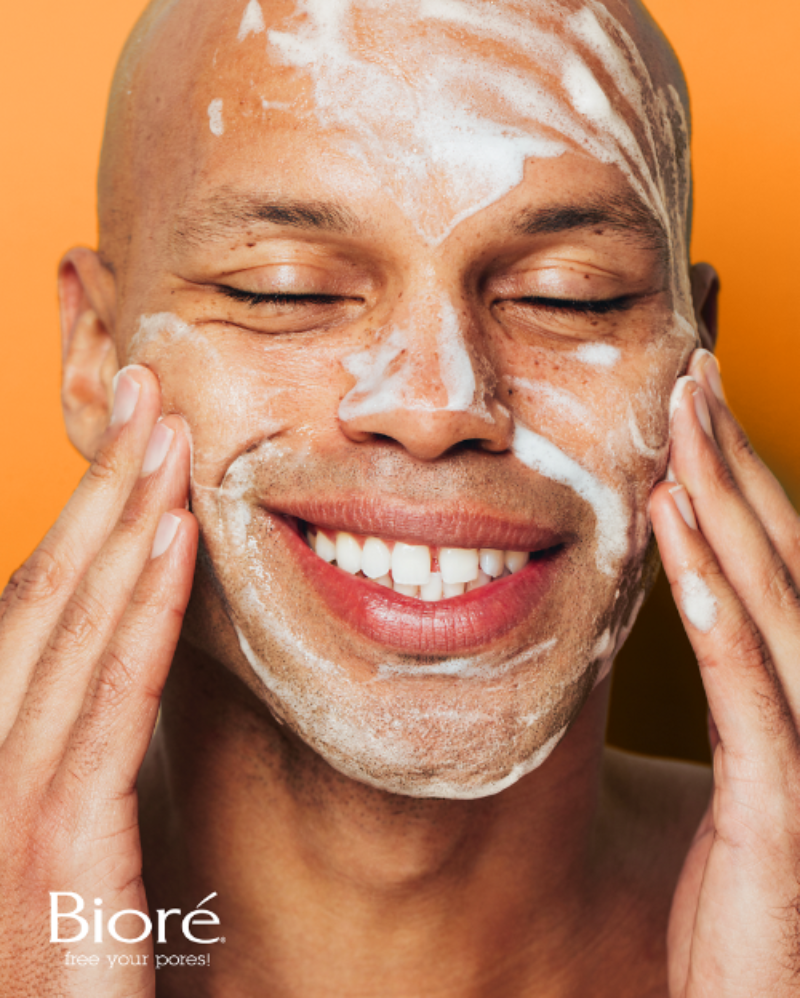How To Unclog Your Pores

No matter your skin type, you’ve likely had to deal with clogged pores at some point in your life. Pore buildup can leave you with a dull complexion, so check out. this guide for tips on why your pores are clogged, how to deep clean congested skin, and which products for clogged pores you should choose.
What Are Clogged Pores?
Clogged pores are a combination of excess oil, dead skin, makeup residue, bacteria, pollutants, and other environmental debris. Your pores are actually part of your hair follicles and are officially referred to as sebaceous glands.
The main function of these glands is to secrete sebum, which is an oily substance that provides moisture and protection for your skin. While sebum production is vital for maintaining your skin's health and suppleness, the overproduction of sebum can cause excess oil to mix with dead skin cells and other pore-clogging material. This can lead to clogged pores on your cheeks, nose, or other areas of your face.

Shop Biore Acne Bundle
Clogged Pores May Lead To Sebaceous Filaments
Clogged pores may create visible sebaceous filaments and congested pores. Upon first glance, sebaceous filaments may look similar to blackheads as they have a dark appearance.
However, while a blackhead is essentially a blocked-up pore, a sebaceous filament lines the inside of the pores to help sebum escape from the skin. They tend to have a tube or hair-like appearance and exist below the surface of the skin.
Sebaceous filaments are less noticeable when the skin produces a normal amount of sebum. When too much oil is produced and a lot of buildup occurs, the sebaceous filaments may start to protrude from the skin.
How to Unclog Pores
While clogged pores can manifest themselves in many different ways, following a consistent skincare routine and not irritating your skin further can help get rid of clogged pores.Here are our top tips for addressing clogged pores without causing additional damage to your skin.
1. Avoid Squeezing Your Pores
While you may feel tempted to remove buildup by squeezing or picking at your pores, this can create acne scars, make the pores appear larger, or even cause more breakouts. Whether you use your hands, tweezers, or another tool to excavate pesky blackheads or whiteheads from your face, you can damage your skin. Squeezing or picking at your pores often leads to painful, inflamed, and irritated skin areas.
2. Use a Cleanser With Salicylic Acid
For people with an oily skin type and plenty of pore buildup, Salicylic Acid can work wonders. This chemical exfoliant dives deep into pores to remove impurities. Salicylic acid is a multi-functional ingredient that works to treat and help prevent breakouts while also boosting the release of dead skin cells helping to prevent clogged pores. It's also oil-soluble, which means it can penetrate past your skin’s sebum to get really deep into your pores.
Salicylic acid is a multi-functional ingredient that works to treat and help prevent breakouts while also boosting the release of dead skin cells helping to prevent clogged pores.
Apply a cleanser with Salicylic Acid like you would any other face wash. Start by wetting your face with lukewarm water and then gently rub the solution onto your face, moving your fingers in a circular motion. Once the solution starts to lather and your whole face has been covered, rinse thoroughly, ensuring all product is removed.
Some people who are allergic to aspirin may experience a reaction to Salicylic Acid, so it is a good idea to test a dot on your cheek to see how your skin responds before applying it to the entire face. While it is acceptable to apply this type of cleanser daily, use it less often if you notice your skin feels too dry or extra sensitive.
3. Exfoliate Your Skin With a Face Scrub
While Salicylic Acid works as a chemical exfoliant for the skin, face scrubs physically exfoliate using particulates to remove dead skin cells from your skin's top layers. Try a pore unclogging scrub that utilizes microcrystalline exfoliants to help smooth and refresh skin.
To effectively exfoliate your face:
- Start by using a cleanser to remove dirt, oil, sweat, and all makeup.
- Then, take a dime-sized amount of face scrub and massage it onto your face. Make sure to avoid the eye area and gently smooth the scrub over the face instead of rubbing it roughly.
- Be thorough when rinsing, making sure there is no residue leftover, and pat your face with a towel to dry.
- Apply a moisturizer that is appropriate for your skin type right after to seal in moisture and other conditioning benefits.
4. Cleanse With Baking Soda
Baking soda is able to gently cleanse and exfoliate your skin while still giving it the deep clean it needs sometimes. Baking soda can also balance the PH level in your skin by neutralizing it, which. means less acne breakouts and dryness. By helping to remove dead skin cells and buildup in your pores, baking soda is a great ingredient for prevention and unclogging of pores. A baking soda cleanser can give your face the deep pore clean that it needs. While penetrating your pores to cleanse from dirt and oil, it will avoid further irritation to dry spots and exfoliate at the same time as it conditions dry areas.
5. Use a Pore Strip to Unclog Pores on Your Nose
People are most likely to get clogged pores in areas that are heavy sebum producers, such as around the nose. If you've tried washing your face regularly and are still unsure how to unclog pores on your nose, try a pore strip. Unlike picking at your pores to remove blackheads, these strips are much more effective at instantly removing blackheads and can even minimize the appearance of pores with continued use.
When using strips to unclog pores:
- Start by washing your face and leaving your nose wet. Do not apply any moisturizers or other products before this next step.
- Remove the strip from the plastic packaging, keeping the smooth side down.
- Place the strip over the top of the nose and press it down, avoiding folds or wrinkles.
- Set a timer for 10 to 15 minutes to give the pore strip time to work its magic.
- When the pore strip is dry, slowly peel it off to reveal your harvest!
For even more pore strip application tips, visit our Pore Strips 101 guide.
6.Use a Pore Strip to Unclog Pores on the Rest of Your Face
While nose strips are designed only to be used on the nose, facial or T-Zone pore strips can be applied to other parts of your face. If you notice blackheads on places like your forehead, cheeks, or chin, use a face strip just as you would the nose strip. Avoid using pore strips on areas that are sunburned, irritated, acneic, dry, or sensitive.
7. Apply a Clay or Charcoal Mask to Treat Your Skin
As another step to help improve your complexion and help keep your pores free of debris, use a clay or charcoal mask. Both are great for removing impurities and brightening the skin, and some masks utilize both of these ingredients.
8. Try a Pore Cleanser
A pore cleanser is made to deep clean and purify your pores so that they don’t get clogged. Pore cleansers might contain an ingredient such as charcoal, like our rose quartz face wash, which helps to draw out impurities like dirt, oil, and bacteria that often leads to clogged pores.
9. Reinforce with Retinol
Products that contain retinol, such as a retinoid cream, can also be a powerful tool in helping you unclog the pores on your face. Many times, clogged pores that start leading to blackheads can be treated by using products that decrease the oil production in your skin.
Retinol increases the rate of cell turnover and can build collagen over time while also decreasing oil production and getting rid of dead skin cells on the surface of your skin. As a result, it can help prevent blockages that might lead to clogged pores.
However, retinoids can be overused, leading to skin that is too dry. This ingredient can also cause your skin to be more sensitive, so wearing sunscreen and protecting your skin becomes even more important. You can ask a dermatologist if retinoids are a good fit for your skin before purchasing over-the-counter retinol or speaking about stronger prescription retinol.
10. Be Consistent
While each specific tip can help you get rid of clogged pores, the real key is to be consistent in taking care of your skin. Real results can only happen if you regularly cleanse, exofliate, and follow other steps in your skincare routine. Be patient in unclogging your pores and your skin will be brighter, smoother, and more radiant!
Prevention Tips for Clogged Pores
Since your body naturally produces sebum, you will never be able to remove it from your pores completely. However, a well-planned skincare routine can help prevent your pores from getting clogged with dirt, oil, and other impurities. Make sure to include the following elements in your routine:
- Washing your skin twice a day with a cleanser can clean away impacted clogs helping to remove oil, lifting skin dullness for cleaner pores and brighter skin.
- Consider washing your face or using a facial cleansing cloth after working out or sweating excessively.
- Apply a toner to help refine and deep clean your pores.
- Use an exfoliating face scrub a couple of times a week to get rid of dead skin cells and to help create a more even skin texture and tone.
- Apply a clay or charcoal mask at least once a week to help control oil and purify your skin.
Once you find a regimen that works for you, make sure to follow it vigilantly. By putting time into caring for your face every day, you can unclog the pores on your face and help prevent clogged pores from happening in the first place. Try our acne cleansers to start preventing clogged pores from forming.
